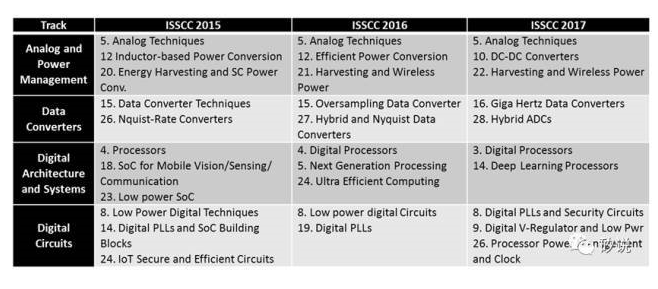With the rise of synthesizable analog circuit design, digital circuits have become increasingly powerful, while analog circuits are becoming more challenging to design due to the decreasing power supply voltage. Sometimes, when studying circuits, it can be confusing to tell the difference between analog and digital circuits.
**1. Simulation and Digital Fit: What’s the Result?**
Analog and digital circuits represent a classic division in electronics. Digital circuits process discrete signals, while analog circuits handle continuous signals. In traditional textbooks, the methods for designing and analyzing analog and digital circuits are quite distinct. The analysis of analog circuits is often compared to physics—complex and intuitive—while the design feels like an art. On the Other hand, digital circuit analysis resembles mathematics, and the design follows a strict logical flow.
However, the boundary between analog and digital is not absolute. On one hand, the nature of signals is continuous, and all digital circuits are essentially special cases of analog circuits. Even digital components, such as inverters, can be used in analog applications (e.g., as amplifiers or current mirrors). On the other hand, digital circuits offer great scalability and control, allowing us to move signal processing from the analog domain into the digital domain, achieving better performance. This fusion doesn't just result in mixed-signal circuits—it introduces a completely new design philosophy.
The integration of analog and digital can take two main directions: using digital techniques to implement traditional analog functions (digital-to-analog), and using analog techniques to implement traditional digital functions (analog-to-digital). In this article, we will focus on digital-analog circuits.
**2. Digital vs. Analog**
As semiconductor technology advances, more engineers are exploring ways to shift signal processing from the analog domain to the digital domain. This isn’t just a trend—it's driven by the evolution of semiconductor manufacturing. The fate of a circuit is no longer just a matter of engineering effort; it’s shaped by technological progress.
So, how does semiconductor technology enable digital methods to encroach on analog territory? As devices shrink in size, their speed increases, which benefits both digital and analog circuits. However, this scaling comes with trade-offs. First, as the gate oxide becomes thinner, the breakdown voltage decreases, leading to lower power supply voltages. While this has a minor impact on digital circuits due to reduced gate capacitance, it significantly affects analog performance.
The primary concern for analog circuits is the signal-to-noise ratio. Lowering the supply voltage reduces signal swing, but noise levels don’t decrease proportionally, resulting in worse signal quality. Additionally, the threshold voltage doesn’t scale down at the same rate as the power supply, limiting the use of traditional analog structures like cascode configurations. At low voltages, devices operate closer to the subthreshold region, degrading linearity and performance.
Moreover, the cost per unit area in advanced processes is high, yet analog circuits don’t shrink as effectively as digital ones—especially passive components like inductors, whose size and performance remain largely unchanged. This means the cost of analog circuits actually increases in advanced nodes.
In contrast, digital circuits benefit from smaller feature sizes, except for increased leakage, which is considered a performance limitation rather than a major issue. As a result, digital circuits can replace analog ones more easily, fully leveraging the advantages of process improvements.
Looking at the ISSCC trends over the past few years, we see a gradual shift toward digital solutions replacing traditional analog circuits. Among the 10 tracks in ISSCC, the analog track includes traditional analog circuits, power management, and data converters, while the digital track covers architectures, systems, and digital circuits. Interestingly, there are also sessions on topics like "Digital PLL" and "Digital V-Regulator and Low Power."

Heat Sink Design,Heat Sink Performance,Heat Sink Cooling
Wenzhou Hesheng Electronic Co., Ltd. , https://www.heshengelec.com